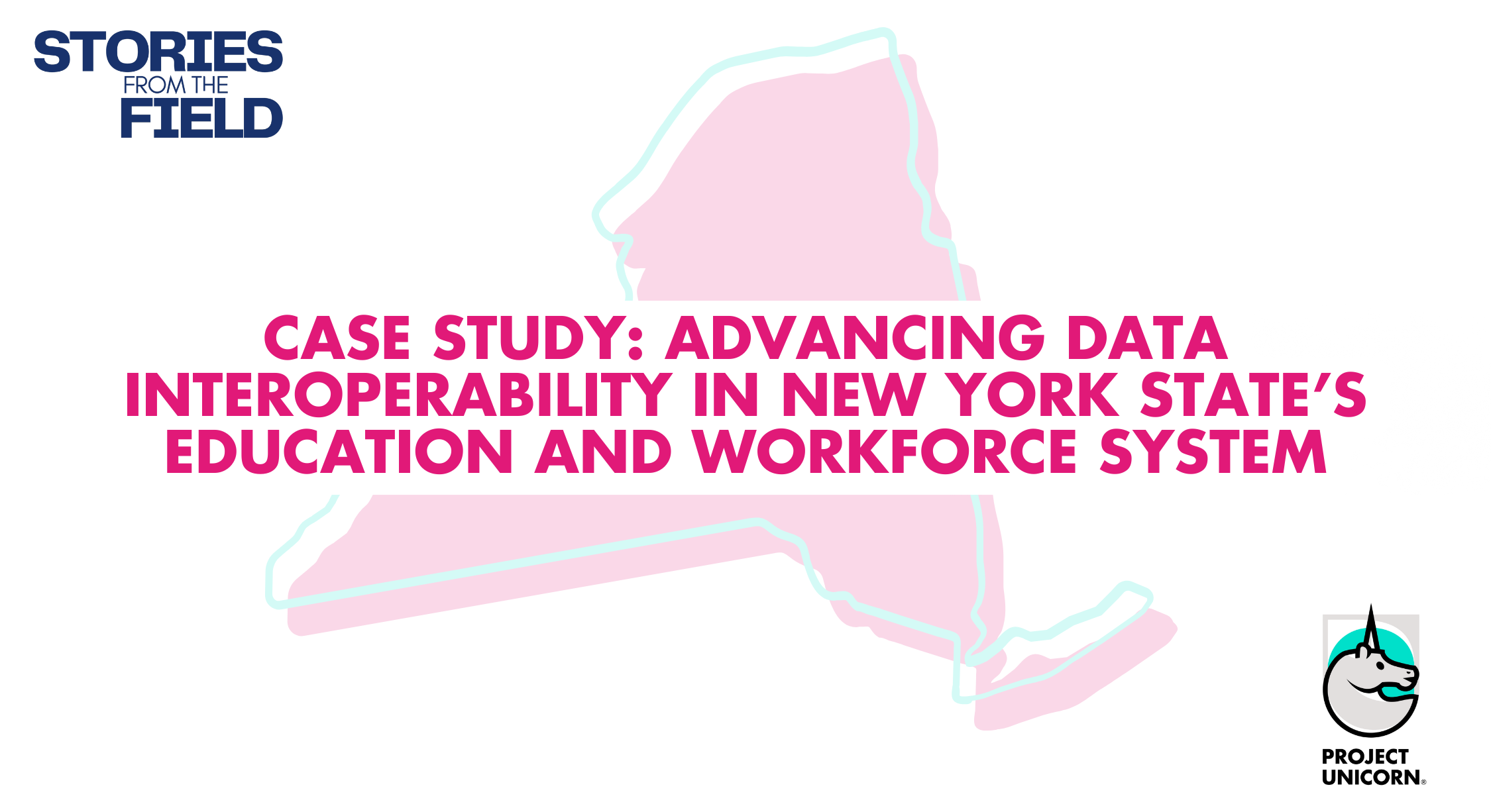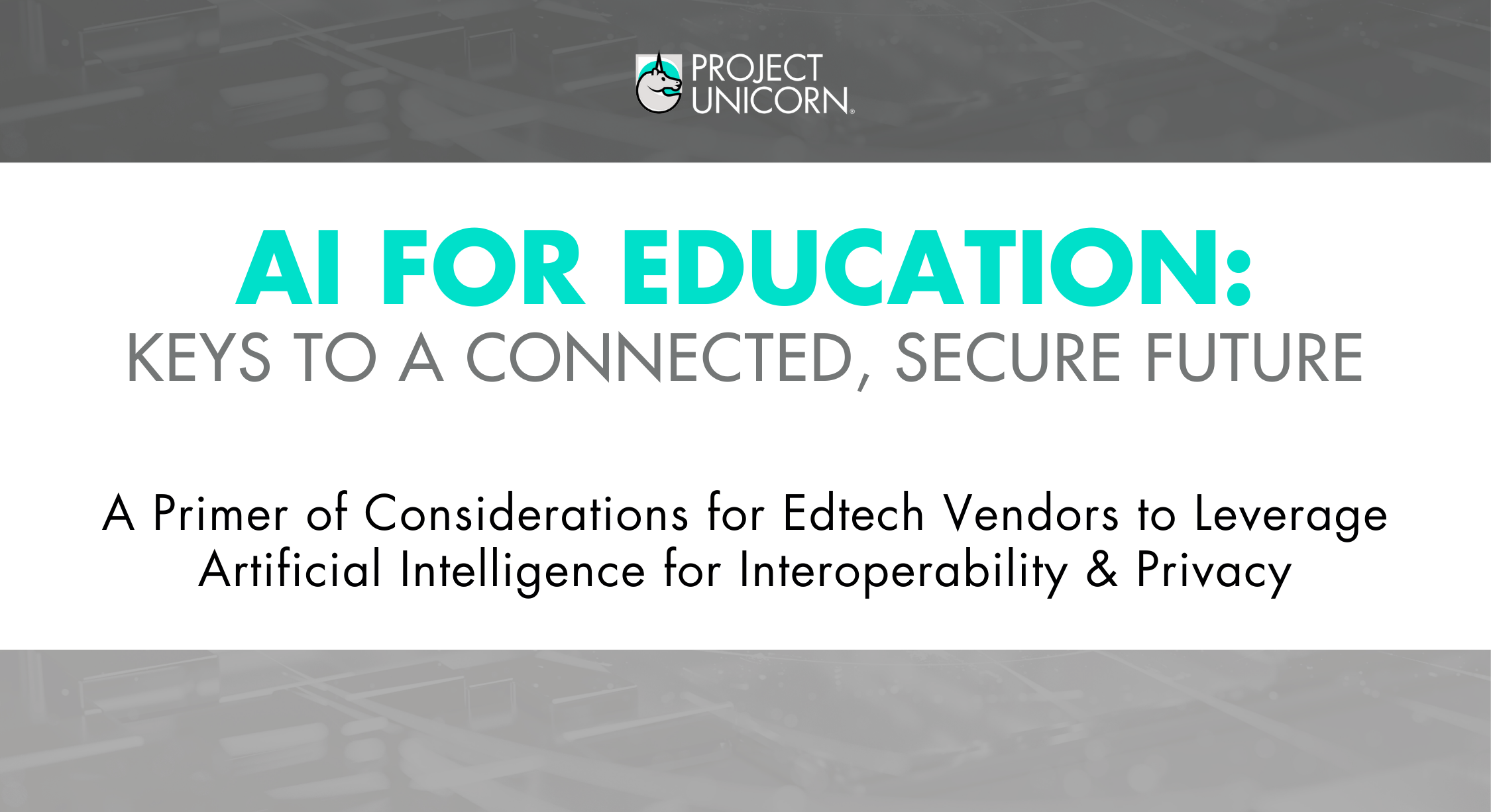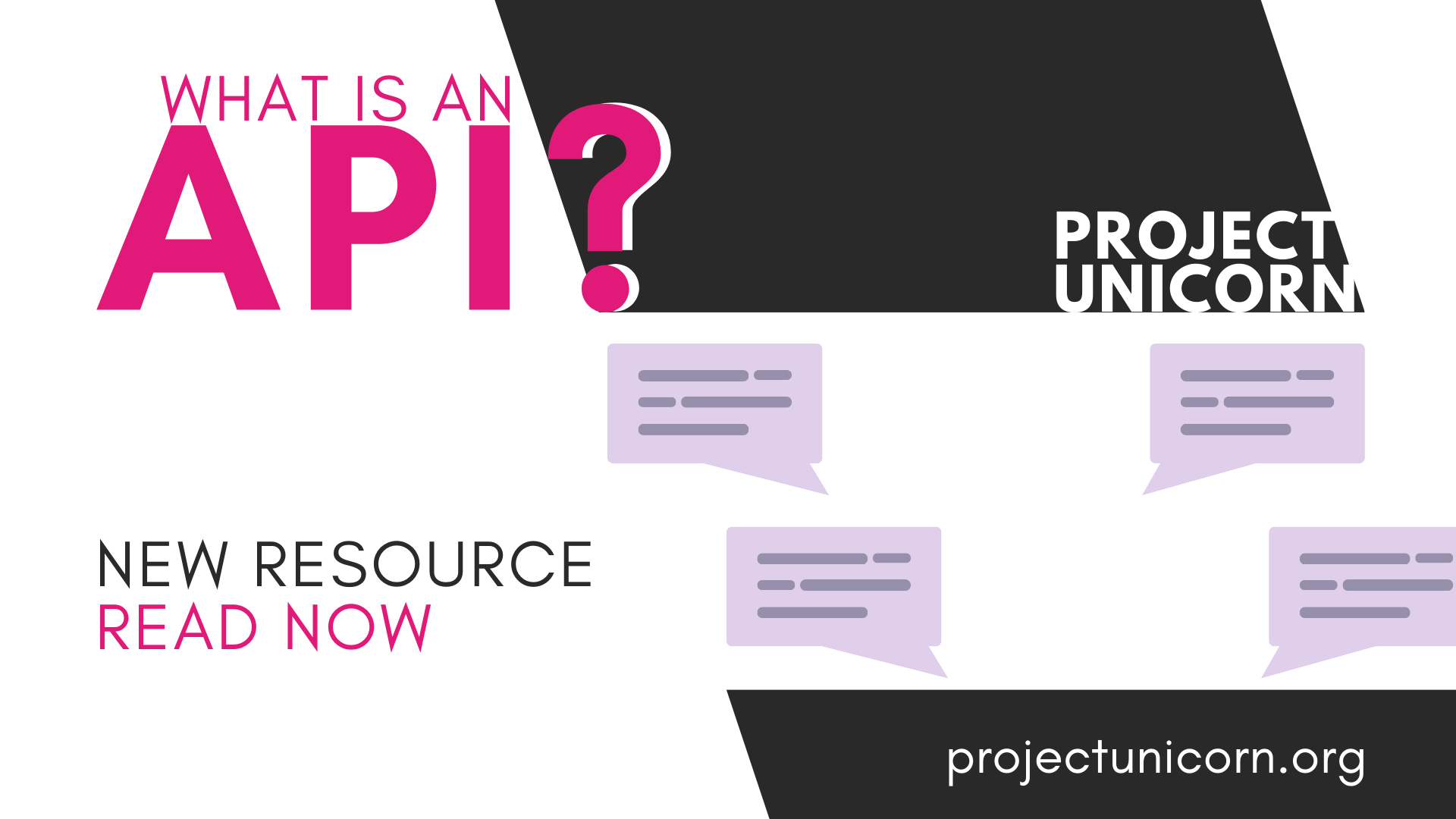The New York State Education Department (NYSED) is working to build a unified, interoperable statewide education and workforce data ecosystem that unlocks the full potential of data. As the public sector moves toward integrating education and workforce data, including grants to support this effort, New York provides an early model of how to tackle this challenge, supporting all learners in a seamless, secure, and interoperable manner.
Read MoreTransforming Education Data for Literacy and Improved Student Outcomes for All explores Nebraska’s multi-year effort to make K–12 education data more accessible, actionable, and aligned with the needs of educators and students. Through the Nebraska Education Data Partnership (NEDP) and the state’s ADVISER system—built on the Ed-Fi Data Standard—Nebraska is connecting data across classrooms, districts, and Education Service Units to support better instructional decisions and improve literacy outcomes.
Read MoreTransforming Education Data for Literacy and Improved Student Outcomes for All explores Nebraska’s multi-year effort to make K–12 education data more accessible, actionable, and aligned with the needs of educators and students. Through the Nebraska Education Data Partnership (NEDP) and the state’s ADVISER system—built on the Ed-Fi Data Standard—Nebraska is connecting data across classrooms, districts, and Education Service Units to support better instructional decisions and improve literacy outcomes.
Read MoreOutcomes based contracting (OBC) offers an innovative approach to addressing the fundamental challenges in edtech procurement by restructuring how districts select, implement, and pay for edtech products and services.
Read MoreOutcomes based contracting (OBC) offers an innovative approach to addressing the fundamental challenges in edtech procurement by restructuring how districts select, implement, and pay for edtech products and services.
Read MoreProcuring educational technology (edtech) in K-12 education presents numerous challenges for both the buyer (school districts and states) and the seller (educational technology solution providers). These challenges necessitate more effective communication between the supply-side vendors and the demand-side consumers - local education agencies (LEAs). In an era when technology and education intersect, these tools must meet specific quality benchmarks around safety, usability, accessibility, interoperability, and evidence-based design to support informed decision-making in this space.
Read MorePrivacy and security in K-12 have never been more critical. As technology matures and advances, the use of education technology and artificial intelligence (AI) becomes more widespread, the risks of attacks, human error, and other privacy and security concerns will only continue to grow. All roles involved in K-12 education must understand how to protect student data.
Read MoreStandards are the backbone of interoperability in K-12 education technology. Whether moving data within a single platform or across multiple systems, having a clear set of criteria is essential. These criteria can be custom-built or adopted from existing community standards. This resource aims to help edtech solutions providers understand the importance of standards, the benefits of community collaboration, and expectations around navigating/implementing various standards to achieve seamless interoperability.
Read MoreUnderstanding student achievements, resource allocations, and educational outcomes across demographics requires comprehensive data. However, many state education agencies (SEAs) maintain data in isolated silos with varying types and formats, hindering cross-state comparisons and national trend analyses. This inconsistency complicates educational planning and resource distribution.
Read MoreThe significance of product certifications in education technology software cannot be overstated. Among the myriad of certifications available for different product dimensions, those focused on data interoperability are crucial in signaling tool practices responsible for data stewardship. This resource delves into the rationale behind interoperability certification for education software providers, emphasizing the importance of data ownership, stewardship, and aligning certifications with core organizational objectives.
Read MoreData validation enhances data quality by ensuring the data in a source system is accurate and reliable. When strong data validation practices exist, K-12 leaders can make informed decisions and keep schools running smoothly. This resource dives into the essential aspects of data validation in education.
Read MoreData modernization is a multi-step process that improves an organization's data infrastructure, tools, and practices. It involves moving data from legacy systems to modern technologies, often in the cloud, to make data more accessible. It involves adopting contemporary technologies and strategies to address outdated data management practices.
For K-12 organizations, including local education agencies (LEAs), state education agencies (SEAs), and education service centers, data modernization is a critical journey that enables them to use the power of data to drive better decision-making and improve student outcomes.
Read MoreLearning and Employment Records (LERs) are revolutionizing how we document and share our skills and achievements. These digital records include academic transcripts, licenses, certifications, and informal experiences, offering a comprehensive view of our lifelong learning.
Read MoreLERs are comprehensive digital records that capture academic achievements, professional licenses, certifications, and even informal experiences. These records are dynamic and offer a holistic view of an individual's skills and accomplishments, aiding them in their educational and career journeys.
This resource covers credential creation & issuance, interoperability, secure sharing, and data privacy.
Read MoreFocusing on data interoperability, particularly within the state policy context, provides significant opportunities for individuals to benefit from access to their own information and for state systems to serve residents through program improvement better. However, policymakers should keep in mind that other issues must remain a priority if they are to realize these outcomes. Data privacy and security, particularly in the K-12 space, must be considered alongside the advancement of technology solutions.
Read MoreLER stands for Learning and Employment Record. It refers to a collection of digital records that document an individual's learning experiences, skills, and achievements acquired both inside and outside of traditional academic settings. LERs provide a comprehensive snapshot of a person's educational journey, including academic transcripts, professional certifications, licenses, and informal learning experiences such as volunteer work or internships. The goal of LERs is to offer a dynamic and comprehensive tool for individuals to showcase their skills and achievements as they pursue opportunities in education and the workforce.
Read MoreAn Application Programming Interface, or API, connects your data from different applications and helps facilitate interoperability between edtech providers and district systems. It’s vital for school districts to understand what an API is and how it works to modernize data infrastructure to create safe ecosystems for student data. This understanding will enable districts to ask the right questions when procuring and implementing edtech software. Learn more about what an API is, how this impacts you and your district, and best practices when utilizing APIs with edtech providers!
Read MoreIn our quest to help networks better understand and improve their K12 school system's capabilities, we created the School Network Pledge. This pledge symbolizes secure access to student data, educates practitioners and families about student privacy, promotes equity, and ensures fiscal responsibility for edtech purchases. By signing this pledge, schools are signaling to other school networks, edtech vendors, and their community that they’re committed to helping students grow with interoperability.
Read MoreTo support edtech vendors in enhancing the use of educational data and improving teaching and learning practices for stronger student outcomes, we created the Edtech Vendor Interoperability Pledge. This pledge symbolizes the commitment to maximizing equitable access and availability through data interoperability. By signing the pledge, edtech vendors are signaling they are committed to enhancing their products' security, access, privacy, and interoperability. This enables educators, and families to be more involved in their student’s education, enhancing the effectiveness of their educational data. It also informs teaching and learning practices for stronger student outcomes.
Read MoreA successful and modernized Statewide Longitudinal Data System (SLDS) should function as a dynamic tool empowering educators, principals, and decision-makers to directly impact student outcomes. Beyond the mere collection of data, the system must seamlessly transform information into actionable insights through intuitive dashboards. This evolution from data to information to knowledge to wisdom is crucial for informed decision-making at various educational levels.
Read More




















